Understanding the Importance of Professional Piano Movers
Transporting a grand piano requires careful planning, specialized equipment, and professional expertise to ensure safe handling and delivery to its new location without damage.
Professional piano movers possess the necessary skills, experience, and specialized equipment to ensure safe transport, minimizing risks of damage during the relocation process effectively.
Why Choose Professional Piano Moving Services?
Choosing professional piano moving services guarantees a high level of expertise in handling delicate instruments. Trained piano movers utilize specialized equipment, ensuring safe piano transport during loading and unloading. They understand proper piano handling techniques, which minimizes the risk of damage. Furthermore, professional movers often provide piano transport insurance for added security, allowing you to have peace of mind. Their experience in logistics for pianos enhances efficiency and safety during the entire relocation process.
Benefits of Safe Piano Transport
Safe piano transport is crucial for preserving the instrument’s integrity and sound quality. Utilizing professional piano movers ensures that specialized equipment, like a piano dolly and piano crate, is employed effectively. This minimizes the risk of damage during heavy lifting, loading, and unloading. Additionally, professional services provide protective padding and climate control measures to safeguard against environmental factors. Ultimately, safe transport enhances the longevity of your piano, ensuring it remains in excellent condition for years.
Preparing for Grand Piano Relocation
Preparing for grand piano relocation involves careful planning, organizing specialized equipment, and ensuring that all necessary materials are available for safe and efficient transport;
Piano Packing Essentials
Piano packing essentials include protective padding, sturdy packing materials, and a piano crate to ensure secure transport. Begin by removing any detachable parts, like pedals or music stands. Wrap the piano in heavy blankets or bubble wrap, securing them with tape. Use foam or cardboard to protect sensitive areas, such as the keys and the lid. Finally, ensure that the piano is properly labeled for easy identification during the moving process, enhancing logistics and safety.
Gathering Specialized Equipment
Gathering specialized equipment is vital for transporting a grand piano safely and efficiently. Essential tools include a piano dolly for easy maneuvering and a piano crate for secure storage. You’ll also need protective padding to safeguard the instrument during transit. Heavy-duty straps are necessary for securing the piano in the transport vehicle. Additionally, consider acquiring a climate-controlled transport vehicle, ensuring protection against temperature and humidity changes during relocation, preserving your piano’s quality and condition.
Piano Handling Techniques
Proper piano handling techniques are essential for ensuring safe transportation, involving careful lifting, maneuvering, and securing the instrument throughout the moving and relocation process.
Using a Piano Dolly for Safe Moving
Using a piano dolly is crucial for ensuring safe moving of a grand piano. This specialized equipment allows for easier maneuvering over various surfaces, reducing the risk of damage. Begin by securely placing the piano on the dolly, ensuring it is balanced and stable. Use heavy-duty straps to secure the piano, preventing any shifting during transport. When navigating stairs or uneven surfaces, always have a team for support, ensuring smooth and safe relocation throughout the process.
Piano Disassembly for Easier Transport
Piano disassembly can significantly ease the transport process, making it more manageable and safer. Start by removing detachable parts, such as the music stand and pedals, which can be secured separately. It’s advisable to document the disassembly process with photos for easier reassembly. Additionally, label each component to ensure proper placement during setup. Disassembling the piano reduces its weight and size, facilitating smoother handling, and minimizing the risk of damage during transportation.
Logistics for Pianos
Effective logistics for pianos involve planning transport routes, scheduling, and coordinating with professional movers to ensure timely and safe delivery of the instrument.
Piano Loading and Unloading Procedures
Loading and unloading a grand piano requires careful procedures to ensure safety and prevent damage. Begin by positioning the piano dolly near the transport vehicle. Securely strap the piano to the dolly and slowly tilt it back, ensuring balance. Carefully maneuver the dolly into the vehicle, utilizing ramps if necessary. During unloading, reverse the process, ensuring team members communicate effectively. Always maintain a steady pace to prevent accidents, ensuring the piano is handled with utmost care throughout.
Transport Vehicle Requirements
Choosing the right transport vehicle is crucial for safe grand piano transport. The vehicle should offer sufficient space to accommodate the piano without forcing it against walls or other items. A climate-controlled environment is essential to protect against temperature and humidity fluctuations. Additionally, the vehicle should have a flat surface for easy loading and unloading. Ensure the vehicle is equipped with tie-down straps and padding to secure the piano during transit, preventing any movement or damage.
Transporting Your Grand Piano
Transporting your grand piano requires careful planning, professional assistance, and proper equipment to ensure safe delivery and maintain the instrument’s integrity throughout the process.
Piano Transport Insurance Considerations
When transporting a grand piano, it’s essential to consider piano transport insurance to protect against potential damage. Verify that your moving company offers adequate insurance coverage during transit. Review your homeowner’s insurance policy to determine if it includes coverage for pianos. Document the condition of the piano before transport with photos for claims if necessary. Carefully understanding the insurance terms will provide peace of mind, ensuring you are financially protected against unforeseen incidents during relocation.
Climate Control During Transportation
Climate control during transportation is vital for protecting a grand piano from temperature and humidity fluctuations that can cause damage. Use a climate-controlled transport vehicle to maintain consistent conditions throughout the journey. Avoid exposing the piano to extreme temperatures or moisture during loading and unloading. If climate control isn’t possible, consider using humidity packs and temperature monitoring devices to help regulate conditions. This proactive approach ensures your piano remains in optimal condition during its relocation.
Post-Transportation Care for Your Grand Piano
Post-transportation care for your grand piano involves careful reassembly, tuning, and inspection to ensure it functions optimally and retains its aesthetic appeal after relocation.
Piano Assembly and Setup
After transporting your grand piano, proper assembly and setup are essential for its functionality and appearance. Begin by carefully removing any protective padding and securing removed parts, like pedals. Reattach the music stand and any other components, ensuring they fit securely. Position the piano in a stable, level area, avoiding direct sunlight or drafts. Finally, allow the piano to acclimate for at least 24 hours before tuning, ensuring optimal sound quality and performance.
Piano Storage Solutions for Temporary Needs
When seeking piano storage solutions for temporary needs, choose a climate-controlled facility to protect your grand piano from humidity and temperature fluctuations. Ensure the storage space is secure, clean, and free from pests. Utilize protective padding and a sturdy piano crate to prevent damage during storage. Label the crate for easy identification. Regularly check on your piano to ensure it remains in good condition, ready for transport or use when needed.
Piano Moving Tips for DIY Enthusiasts
Piano moving tips for DIY enthusiasts include careful planning, using appropriate equipment, enlisting help, and ensuring proper techniques to safely transport your grand piano.
Effective Heavy Lifting Techniques
Effective heavy lifting techniques are crucial for safely transporting a grand piano. Always lift with your legs, not your back, to prevent injury. Teamwork is essential; ensure you have enough helpers to maneuver the piano smoothly. Use a piano dolly to reduce strain and facilitate movement. When navigating stairs, communicate clearly with your team to coordinate movements. Secure the piano tightly when lifting and avoid sudden movements, ensuring stability and safety throughout the entire process;
Protective Padding and Safety Measures
Using protective padding and safety measures is essential for transporting a grand piano without damage. Wrap the piano in heavy blankets or specialized padding, covering all vulnerable areas such as corners and edges. Secure the padding with straps to prevent movement during transport. Additionally, ensure the transport vehicle is equipped with tie-downs to stabilize the piano. Always inspect the piano before and after transport to check for any potential damage, ensuring it remains in prime condition;
Ensuring a Smooth Grand Piano Delivery
Ensuring a smooth grand piano delivery requires careful planning, professional assistance, and adherence to proper handling techniques. By utilizing specialized equipment, protective padding, and climate control, you can protect the instrument throughout its journey. Effective communication among team members is essential for safe loading and unloading. Finally, consider insurance options for added peace of mind. Following these guidelines will help maintain the piano’s integrity, ensuring it arrives in perfect condition at its new location.

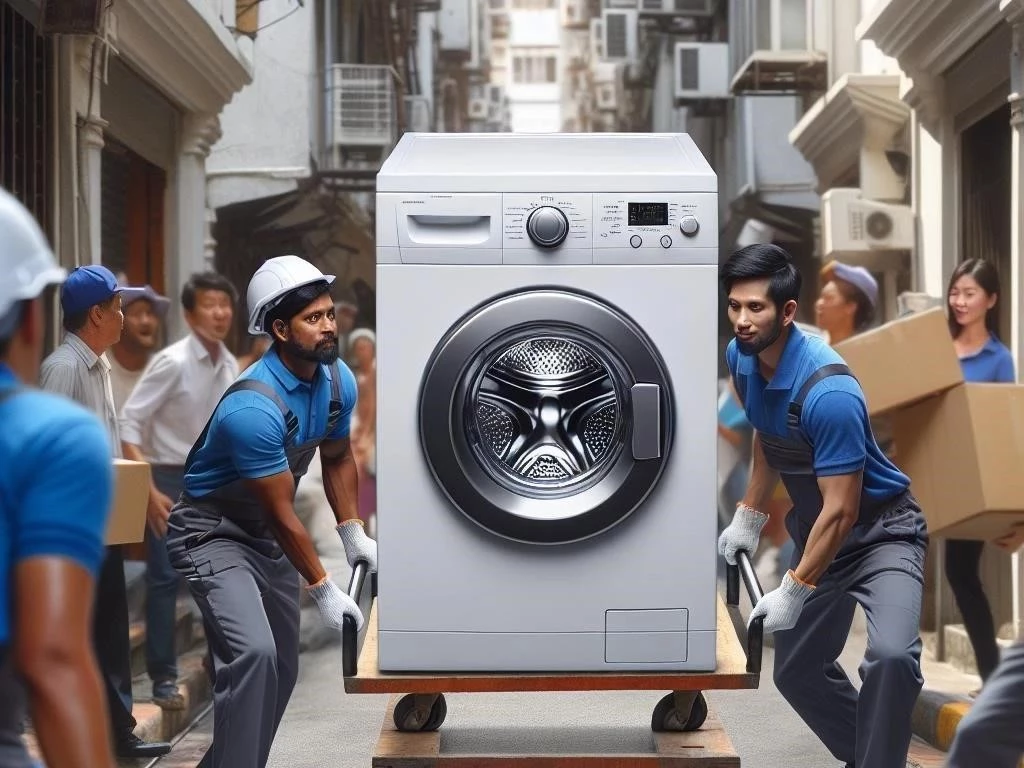
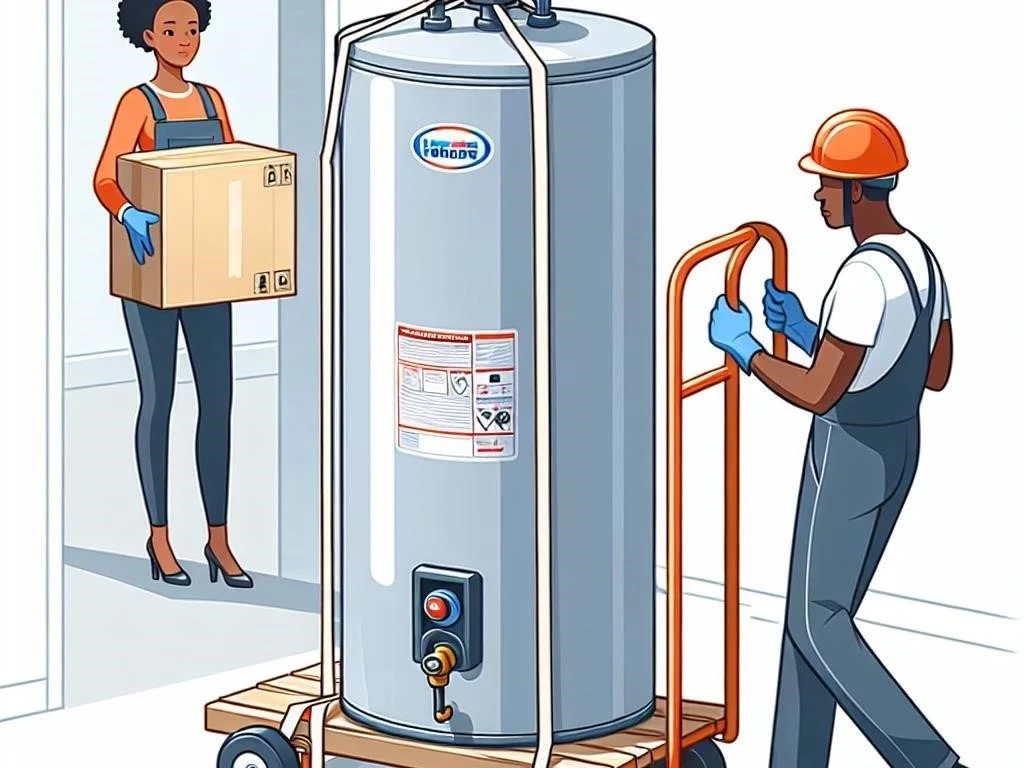

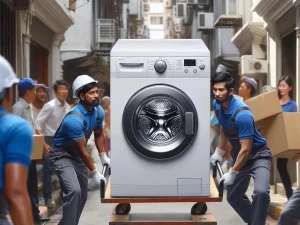
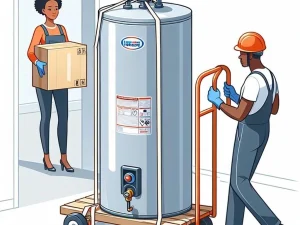







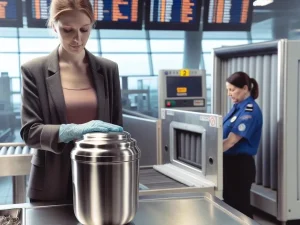
Post Comment